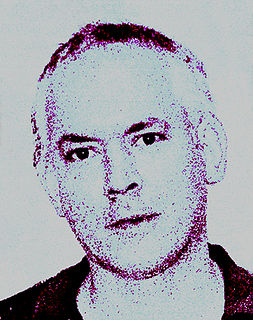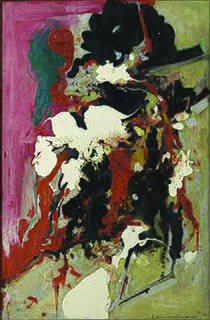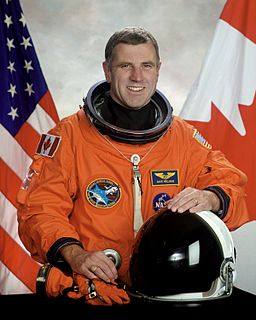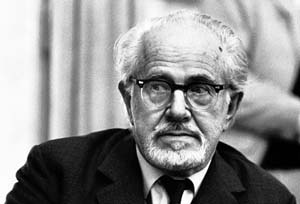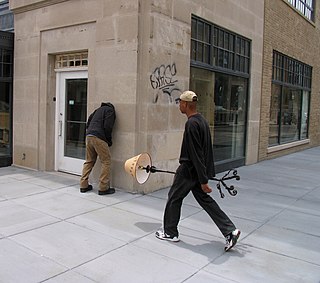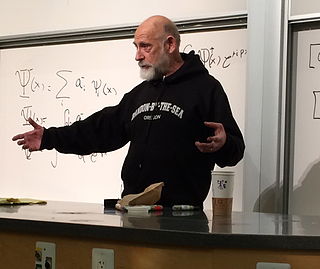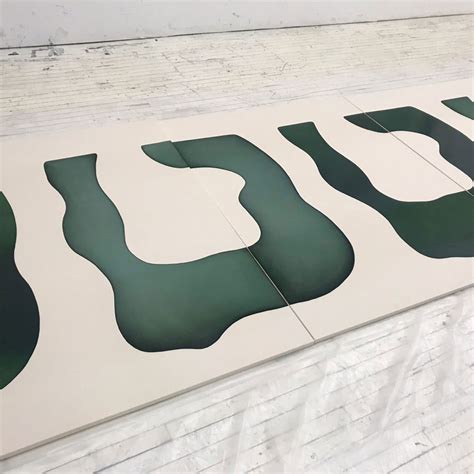A Quote by Nick Sagan
'Life in space is impossible,' we're warned, and amidst the hypnotic beauty of these heavens, we become painfully aware of what a hostile environment space is, how unforgiving, how unsympathetic to human desires.
Related Quotes
The frontier in space, embodied in the space colony, is one in which the interactions between humans and their environment is so much more sensitive and interactive and less tolerant of irresponsibility than it is on the whole surface of the Earth. We are going to learn how to relate to the Earth and our own natural environment here by looking seriously at space colony ecologies.
In 2009 I went up on the space shuttle. I was in space for 16 days and docked at the space station for 11 days. The entire crew did five space walks, of which I was involved with three of them. When you're doing a space walk, you always have a buddy with you. It's a very dangerous environment when you're doing a space walk.
On my second space walk, I was riding the Canadarm, heading down toward the payload bay of the space shuttle, and I could see the space shuttle highlighted against the Earth in the background, and there was this black, infinite, hostile void of space. I remember looking down at the Earth and thinking, "Beneath me is a 4½-billion-year-old planet, upon which the entire history of the human species has taken place." That was an incredibly humbling moment, and I had a bit of an epiphany.
One thing that you and I know is language. Another thing that you and I know is how objects behave in perceptual space. We have a whole mass of complex ways of understanding what is the nature of visual space. A proper part of psychology ought to be, and in recent years has been, an effort to try to discover the principles of how we organize visual space. I would say that the same is true of every domain of psychology, of human studies.
The dimension that counts for the creative person is the space he creates within himself. This inner space is closer to the infinite than the other, and it is the privilege of the balanced mind... and the search for an equilibrium is essential - to be as aware of inner space as he is of outer space.
On one level, I'm interested in how the space dictates the effect visually - how the composition of a given work changes depending on the nature of each wall. But I'm also trying to emphasize less tangible elements: the amount of time it takes to walk the gallery's perimeter; how one's physical distance affects his or her sense of the overall composition; how the size of the space creates a sense of visual rhythm. It's really a matter of seeing how much structure is necessary to impose for those things to become apparent.
When you are aware of space, you are not really aware of anything, except awareness itself - the inner space of consciousness. Through you, the universe is becoming aware of itself! Just as space enables all things to exist and just as without silence there could be no sound, you would not exist without the vital formless dimension that is the essence of who you are.
I learned that I could control my life. You are the master of your fate. . . you are the captain of your soul. I took control and went to my space. . . My space. . . the universal energy. . . I tapped into that space of divine flow, where all beings, all things are connected. That space is real. You cannot have a meaningful life without having spiritual self-reflection. Know who you are and why you are here. When you tap into that space, divine flow, that universal energy, you become untouchable in what you are called to do.



